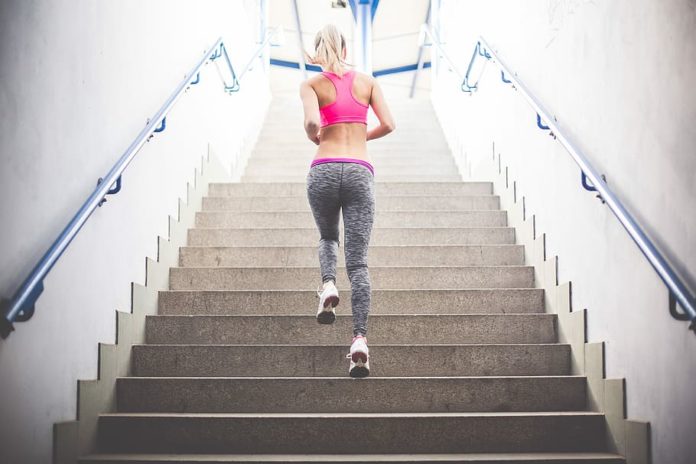Running is one of the most natural, beneficial and convenient forms of exercise available. It’s relatively cheap, requires very little specialist equipment and can be done virtually anywhere at any time. Running burns calories, strengthens the heart and improve lung capacity whilst reducing the likelihood of suffering from chronic diseases like diabetes, hypertension and coronary heart disease.
Running has many benefits to offer, but making the successful transition from inactivity to regular pavement pounder can be difficult. This article will show you how to go from complete novice to regular runner in an easy, structured and progressive way.
Phase one – Preparation.
“Prior planning prevents a pretty poor performance” as we used to say in the Royal Marines! All this means is that before we go off half cocked, we need to make sure we are ready to begin our new routine and that any possible obstacles are removed. To make the early stages of running training as easy as possible, let’s address these essential points:
* Running shoes. The correct footwear is essential for safe and comfortable running. The wrong shoes can make running a nightmare! This doesn’t mean you need to rush out and buy the most expensive shoes you can afford. Expensive doesn’t necessarily mean best. Sure, you can spend £100+ ($200) on a pair of top of the range shoes, but will they really make you a better runner? Probably not! As a novice runner, we don’t need ultra light racing flats, or shoes built for speed, we merely need shoes that offer good cushioning and support. When buying a pair of running shoes, try them on wearing the socks you expect to be running in, jog around the shoe shop to make sure they feel okay, wear them in your home for a day or two to make sure they don’t cause you any discomfort and don’t be afraid to take your unused shoes back to the retailer if they aren’t right for you. It’s also worth noting that running shoes have an expected lifespan of 4-6 months. After this period the cushioning starts to degrade and the support may diminish. Replace your running shoes often to avoid lower limb injuries. When buying running shoes, make sure you get the advice of a professional sales person but be aware they might well be on commission and their recommendations could well be influenced by that fact.
Article Source: http://EzineArticles.com/2885303














